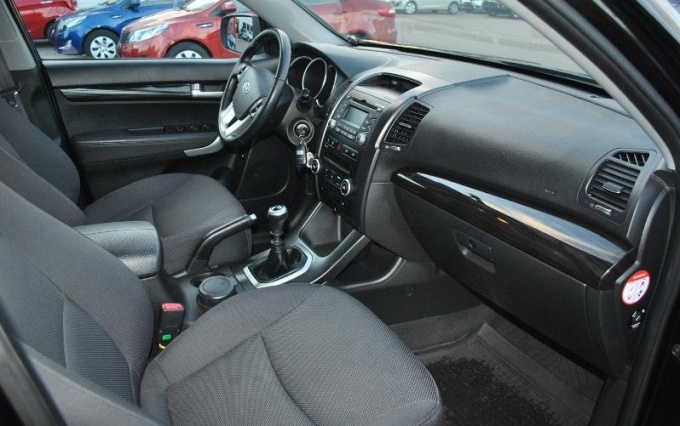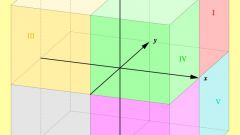Instruction
1
Please read carefully the auction sheet. Usually it can be divided into six zones. The first is at the top and has the form of a horizontal table with 8 cells. Second, third and fourth zones are located just below and consist of three tables located nearby. Below is a picture of the car with the observations of the experts. At the bottom is the sixth zone, which contains registration information.
2
Read the information in the first area, which contains auction information about the car. Specify in order of lot number, owner, engine size, brand body, the model name and the year of issue. At the end of the auction is the assessment and evaluation of the cabin. The letter "A" indicates the faultless state, the letter "b" and "C" for minor contamination, or "D" on a dirty salon.
3
Examine first the left below the top area of the table. It indicates the validity period, mileage, car color, type of fuel used, the interior color and life, as well as the position. Here follows a table indicating the type of transmission, air conditioning, service book and the validity of the auction sheet. After that there's a table pointing to additional equipment which is in an encrypted form. SR indicates the presence of the hatch, AW – cast wheels, PS – power steering PW – power Windows electrical, TV TV, upper characters indicate the airbag, and the lower to the navigation system.
4
Transcribe the comments and the expert's report and scheme of the car body. In that case use a letter designation for state characteristics. The letters A and b indicate the scratches, E or U – dents, and S – rust -, Y – hole, W, P – rock and painted over the bumps, X – elements of the body that needed to be replaced, and replaced the XX marks of the body. Also use a digital designation, which harakterizuet the severity of the defect.



